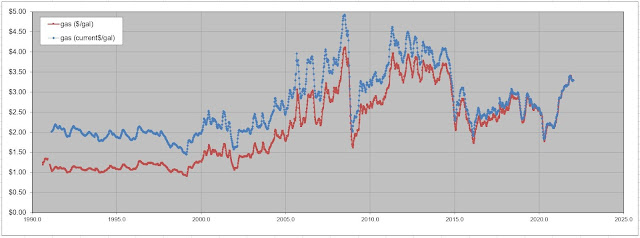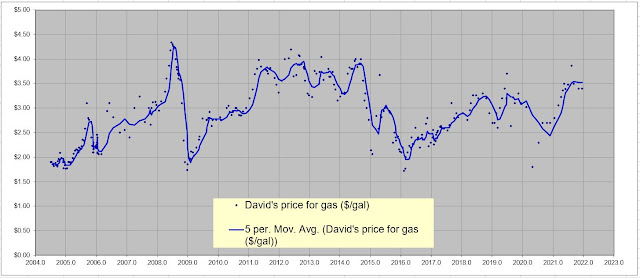Misuse of the word ‘endemic’ in relation to COVID-19 is encouraging a misplaced complacency, says evolutionary virologist Aris Katzourakis. A disease can be endemic as well as both widespread and deadly. Malaria, for example, is an endemic disease that killed more than 600,000 people in 2020....
That article continues
...In other words, a disease can be endemic and both widespread and deadly.... Ten million fell ill with tuberculosis that same year [2020] and 1.5 million died. Endemic certainly does not mean that evolution has somehow tamed a pathogen so that life simply returns to ‘normal’.So what does "endemic" really mean?
As an evolutionary virologist, it frustrates me when policymakers invoke the word endemic as an excuse to do little or nothing. There’s more to global health policy than learning to live with endemic rotavirus, hepatitis C or measles.
Stating that an infection will become endemic says nothing about how long it might take to reach stasis, what the case rates, morbidity levels or death rates will be or, crucially, how much of a population — and which sectors — will be susceptible. Nor does it suggest guaranteed stability: there can still be disruptive waves from endemic infections, as seen with the US measles outbreak in 2019. Health policies and individual behaviour will determine what form — out of many possibilities — endemic COVID-19 takes.
To an epidemiologist, an endemic infection is one in which overall rates are static — not rising, not falling. More precisely, it means that the proportion of people who can get sick balances out the ‘basic reproduction number’ of the virus, the number of individuals that an infected individual would infect, assuming a population in which everyone could get sick. Yes, common colds are endemic. So are Lassa fever, malaria and polio. So was smallpox, until vaccines stamped it out.One thing is for sure: ignorance, misunderstanding, misinformation, and disinformation will continue to be endemic, at best, with little-to-no likelihood of a vaccine.






